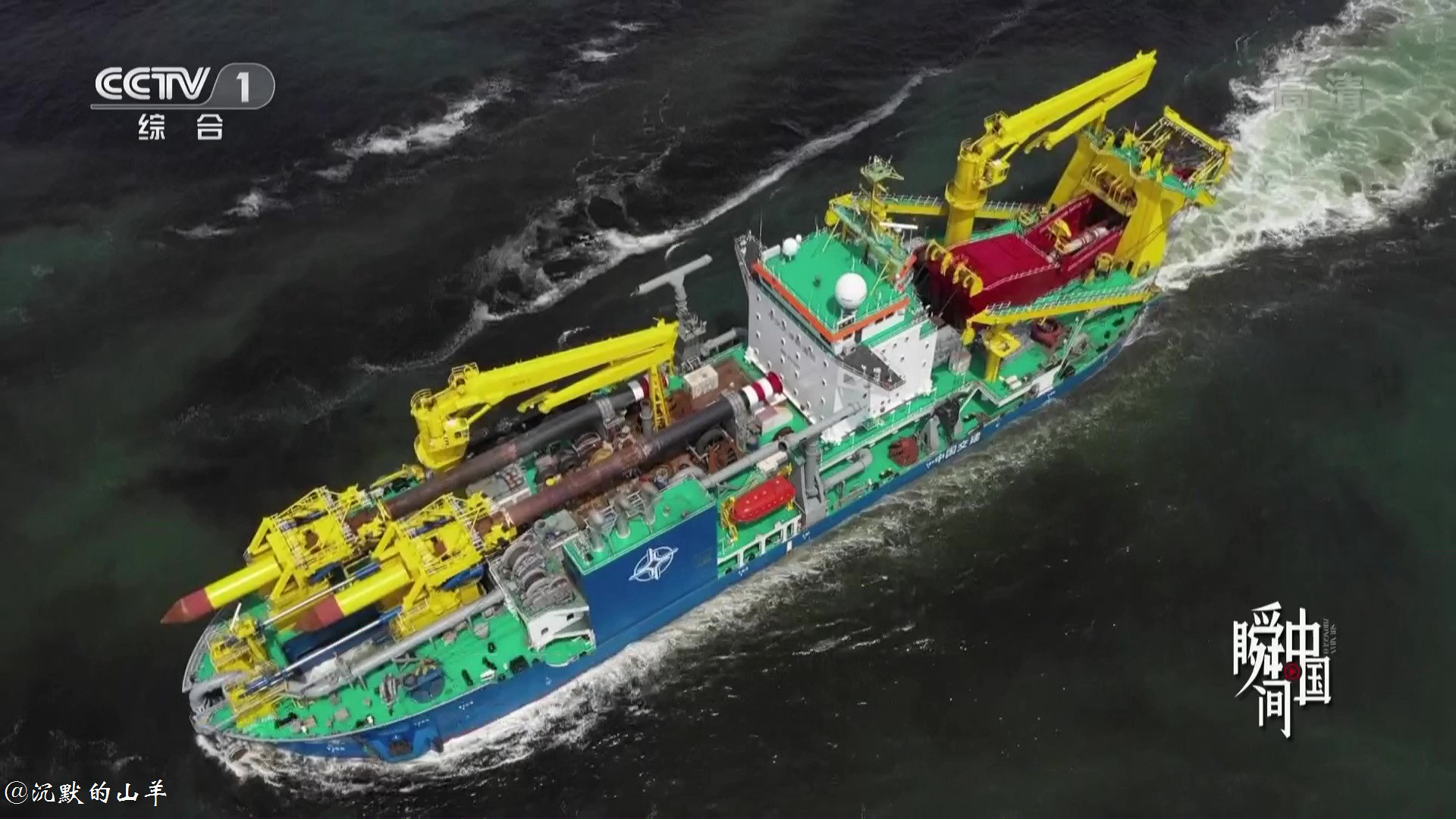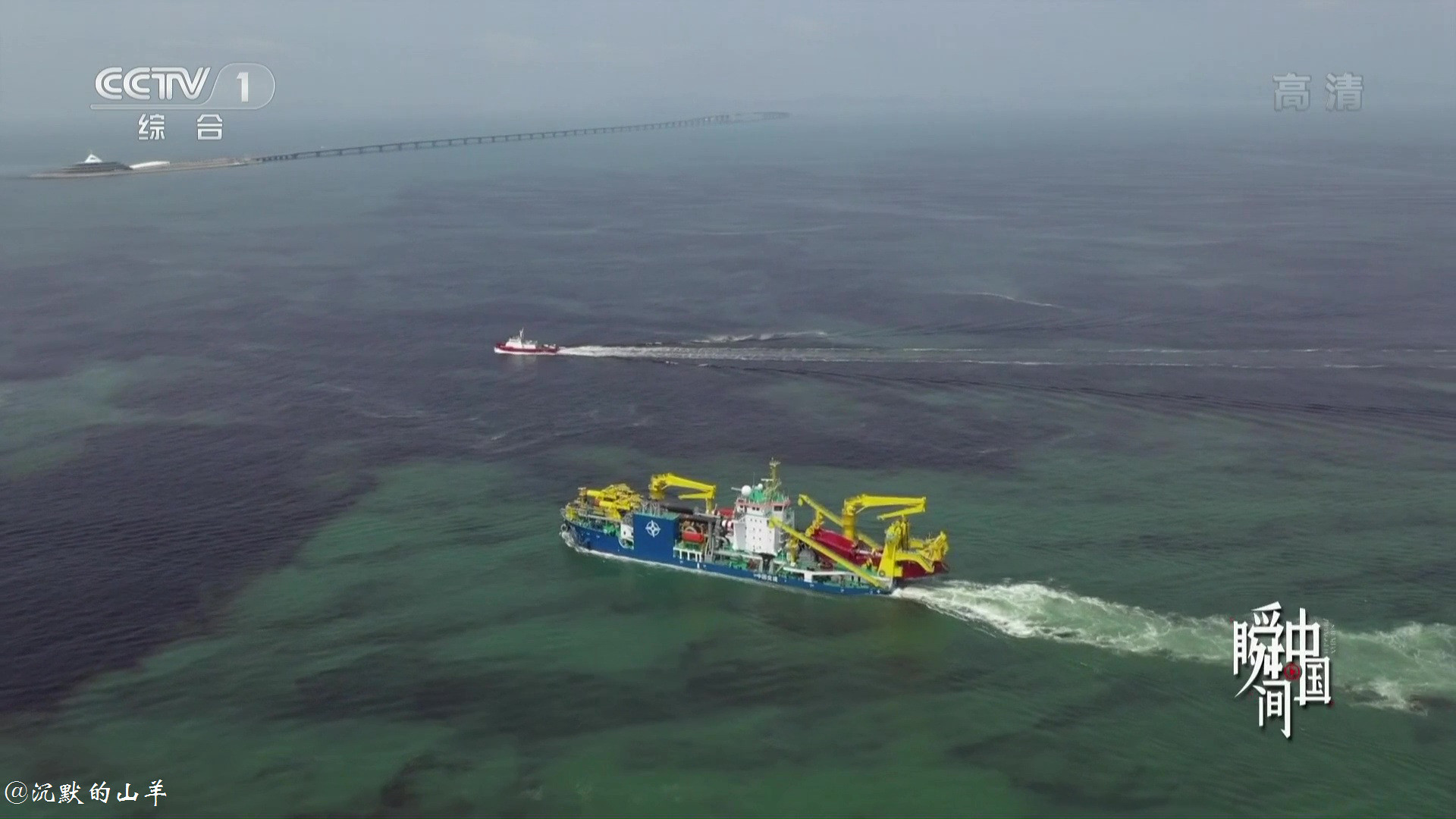I deal with these Chinese and Korean ship yards and module yards as part of my current day job. My experiences with the Scots are from working on the mega LNG & Iron ore/coal jobs in Australia, while I also worked in the US, Canada & Japan so I am also familiar with American and Japanese engineers/mod yard workers. My experiences are at a project manager/construction manager/engineering manager level so I think my views/insights are pretty unique and realistic, especially as there isn't many Chinese speaking expats at my level in this industry at this scale (20mil+ man hours, 100,000 ton+ steel, 3+years from FEED to handover).
I think you guys are getting warship design capabilities and construction capabilities mixed up. While the Royal Navy's experiences, lessons learned and traditions are passed through those design firms and reflected in specifications, design best practices and standards, it really has bugger all affect on the construction practices in the ship yards. They just take the drawings, and QA/QC requirements and run with it. It just depends on how much $$$ you have, and how soon you need it. If there is specialist things that the yards can't handle directly, its just a matter of calling in the specialist subcontractors to get it done. Of course the logistics and interface is where the magic happens, hence why we see so many defects, delays and failures. On top of that, the clients and operators ala the Navies of the world would like new toys or keep up with the Jones so they keep changing their mind after the design is frozen and we compound the problems more.
I am fortunate enough to work around the time when China started to evolve into this industrial behemoth that she is now, here is how I saw its yard capability and capacity grow over my career so far. When this whole modularization thing started in the early/mid 2000s, the industry was still like the good old days where we stick built everything. The most we would do previously was pre fabricate steel sections or get pipes spooled and get them blasted and primed and then sent to site for erection. In Australia, lots of small pre fab shops were thriving at this time due to the resources boom, and attracted a lot of UK talents down under. Lots of these Scottish engineers and welders were from the naval yards, or the north sea and yeah their standards were pretty high on the higher end stuff like bisalloy or HY80 etc. The Chinese at that time were pretty ordinary, I would say inferior to other Asian yards such as Philippines or Indonesia/Thailand, let alone South Korea. The first big modules I could remember of were from South Korea, 2000 ton pieces going to Gove for the Alcan Alumina refinery in Northern Territory in around 2005/2006.
Around 2007/2008, we started exploring using China as a low cost center for steel fabrication. We didn't even consider modularization because the infrastructure just wasn't there at the time. We started off in Qingdao, Dalian, Tianjin and Guangzhou cause that were the only ones that ticked the boxes. The Chinese yards were also importing other Western know how at around that time, such as Conoco Philips etc to set up module yards to service the offshore rigs in Bohai bay (Tianjin) and South China Sea (Shekou). Pretty much at the start we were using the Chinese as purely labor, and staffed every supervision/management position with expats, especially QA/QC. Funny how even running it that way we still managed to keep costs to less than 50% of doing that in Australia. When we received the steel at the other end, we usually have to spend another 30% extra to fix the defects from China, so the overall savings were around 20%, but 20% of a $300mil package was still a lot of money!
By 2011/2012, we started rolling bigger modules out of China, and had more locations to operate out of, significantly increasing capacity. We got to couple thousand tons modules/ bins for WICET in Gladstone and the BHP jobs in the Pilbara, and the defects were beginning to reduce to around 20% of their package cost. Kind of around this time, local fab shops in the western world started dying due to being uncompetitive cost wise. Only a few niche ones or ones dedicated to maintenance/ preassembly survived (plus subsidized ones).
Come 2013/2014, with LNG all the rage, yard capacity around Asia got stretched, and around this time the Chinese yard got a go. The likes of Bomesc and COOEC yards in Tianjin and Qingdao got a piece of the pie on the Wheatstone and Ichthys LNG, with the rest going to Philippines / Thailand and Indonesia. I think this really spurt the Chinese ship yard competency. With these megaprojects, there is no way you could staff them all with expats, and so you ended up hiring some of the local engineers and supervisors at the front line level, overseen by expats. Also, with the contract model, its no longer foreign companies hiring the Chinese yards space and labor, but contracting to these yards directly, hence training the front line and middle management of these Chinese yard. You also have these global QA/QC firms that started growing in scale in China, like BV/Caltrop etc, and hiring/developing/training local inspectors. All these enabled massive improvements in quality and management of projects within China, and significantly increased the talent pool.
All the while at the same time, the power plant and chemical plant boom is also happening within China in those inland coal provinces, so you now have a huge talent pool of ASME/API/AWE coded welders with an essentially non stop conveyor of projects to hone their skills on. Especially these power projects ones, the exotics welding on the HP steam and the HRSG lines are all transferable back to marine ship/off shore rig construction. Those HUGE pressure vessels in the chemical plants also helps. (submarine hulls) With so much work, lots of mini yards also popped up all over the place. They could be building plate girders one month, or wind turbine towers the next, further developing the supplier network. The likes of Sany and Xugong also took advantage of these market space and expanded/developed in the space normally occupied by Liebherr or Manitowoc, offering far cheaper domestic crane and construction equipment. Chinese SPMT were especially cool, terminating Mammoet's dominance in this space. So by the time these LNG module projects ended, circa 2016, I would say Chinese yard have progressed beyond the other South East Asian yards in terms of quality, and absolutely kills them in price. Still not up to Korean standards in terms of quality and efficiency though. Safety aspects has also improved in these times, due to the type of clients they have. Back in the likes of Australia, US, the labor quality started to deteriorate (old hands retiring, militant unionism), project management competencies/culture became more accounting/contractual rather than building the work on time/budget, to the detriment of most of the project, as we can see in those project cost overruns everywhere.
The next wave kind of hit with the rise of private module yards in China. (2016-) They been around a while before, but with the order books increasing, the scraps started to fall out of the likes of COOEC and CSSC's mouth and into these private firms, and these guys with their new operating models really started hitting it out of the park. The operational management in these yards are more efficient, and innovations aren't stifled as these guys tend to bend over backwards for their client and accepts using client systems. They usually end up adopting what works for the next projects. It is kind of scary what can be achieved with competent, hard working Chinese craft workers, being managed under contemporary western management org structures (i.e. not rigid top down hierarchal, nor siloed like the Japanese), and with the QA/QC and logistics being managed by the latest systems. My last couple in China has been absolutely textbook success especially when compared with its contemporary. (Italian/ Mexican/South Korean). The rework was minimal, (0.1%!). No one will ever be competitive against the Chinese unless the tariffs goes up.
Traditional bottlenecks such as labor or material shortages can be resolved much much quicker than in any other country. I can bring on thousands of qualified welders within months just by tapping other labor pools from the neighboring city, or province if need be. If I have enough tonnages, I can even get the mill to do a batch just for my project if its super urgent and I have the $, that is of course after exhausting my existing supply network! Of course there are still bottle necks in some specialist areas but those are becoming far and few between. Also, just like in other countries, there are lots of useless people in management positions, so there are many poor ship yards/ module yards. Just that China is so huge that when you put the cream of the crops together, there is still more of them than the rest of the world combined.....
When dealing with Chinese ship yard construction competency, the changes are just so rapid. From mediocre to what we have now kind of happened only in the last decade, and it happened due to a combination of factors that probably won't happen in any other country again. Its kind of hard to get used to and will take a while for the perception to change. The fact that there are so many potential locations to build all the sub modules, the supply network, the logistics and hardware for bigger modules, the huge modern yard facilities and spaces and the surge capability for both labor and plant, there is just no competition.
Now, in terms of the warship design, especially material/subsystem availability/selection, ergonomics and subsystem integration, that is a completely different story for other more experienced people in that field to judge.





